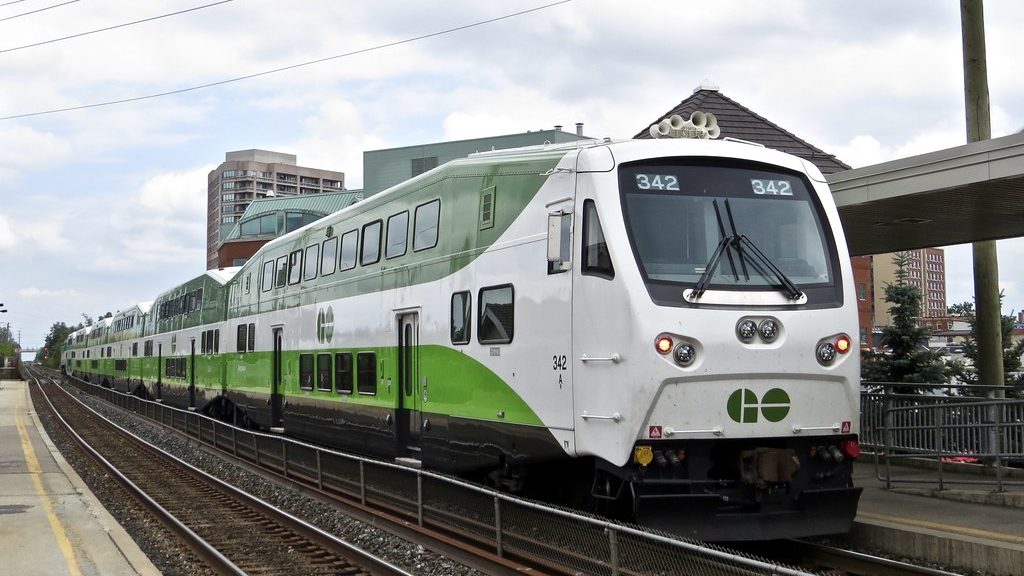2011 Year in Review: Canada witnesses ‘orange crush’ as NDP hits its stride
Posted December 29, 2011 9:03 am.
This article is more than 5 years old.
Looking back, 2011 was the year the colour palette at the House of Commons changed dramatically.
A lot of orange and a smidgen of green were added to the mix of the traditionally dominant blue and red house after a snap spring federal election.
The Conservative government fell on a non-confidence contempt of Parliament motion put forward by the Liberals that took the party to task for its apparent lack of transparency for failing to fully disclose the costs of its tough-on-crime agenda, corporate tax cuts and fighter jets purchase.
The federal campaign was largely par-for-the-course with the Conservatives campaigning hard in the GTA, but not Toronto proper — Toronto Mayor Rob Ford had to travel to Brampton to offer Harper his endorsement.
The late federal NDP Leader Jack Layton’s charismatic and straight-talking approach to the federal campaign and the floundering Liberals helped the leftist party earn an unprecedented showing. The NDP won 103 seats on May 2, rising to the status of the Official Opposition for the first time in its 50-year history.
Layton’s flash wasn’t enough to boost election day numbers—voter turnout was poor, at 61 per cent.
But it was Prime Minister Stephen Harper who really won big by securing his long sought-after majority with 166 seats after the humiliated Liberals only managed to get 34 MPs elected.
Liberal Leader Michael Ignatieff stepped down after the embarrassing defeat and was replaced by interim leader Bob Rae.
Green Leader Elizabeth May won her party’s first and only seat in the 308-seat House.
With the Liberals holding virtually no power in the House and the NDP preparing to elect a new leader following Layton’s death in August, the Conservatives began to take advantage and move aggressively on some controversial measures — including their omnibus crime bill set to receive final approval by the Senate in January, a plan to scrap the long gun registry and abolish the Canadian Wheat Board.
Meanwhile, the strong success of the NDP on the national stage very likely had an effect on Ontarians when they too went to the polls on Oct. 6. The provincial arm of the party led by Andrea Horwath — who was also credited with running a clean and straightforward campaign — increased its fortunes by seven seats to 17 in the provincial legislature.
At Queen’s Park, the Liberals now rule with Ontario’s first minority government in 26 years. Premier Dalton McGuinty won the election for a third time on a campaign that pushed education, creating green energy infrastructure and job creation. He was one seat shy of a majority after 53 Grit MPs were elected and the NDP managed to steal some Liberal support.
Voter fatigue may have prompted the abysmal turnout with only 49.2 per cent of eligible voters bothering to cast a vote. (There was a Toronto election in October 2010 and the federal election — the third in five years — was held in May.)
The Ontario Liberals now face big challenges on the economic front after the bond rating agency Moody’s downgraded the province’s debt outlook in December to “negative” from “stable.” It based the move on concerns the government won’t be able to meet its debt-reduction targets amid a sluggish economy.
Essentially, that means Ontario has been put on warning, setting the stage for a potential credit downgrade in the near future and higher borrowing costs for the province, businesses and residents.










